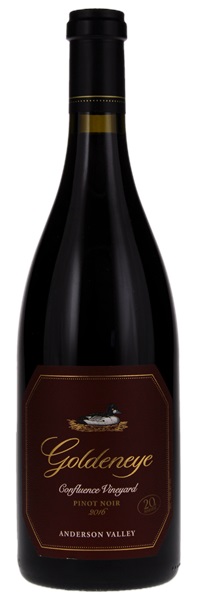Light label condition issue
Removed from a professional wine storage facility; Purchased direct from winery

Image above is an example. To view the image of the lot, click the item number.
Estimate
Offers a lilting floral aroma, with flavors to match, as well as a delicate mix of fresh-crushed red fruit and dried berry elements. Weighty and rich midpalate, featuring a long and contoured finish, loaded with engaging minerality and hints of dried meat and underbrush. Complex and well-crafted.
A smoky toasted oak aroma leads to spicy oaky flavors and full body in this assertively styled wine. A doughy scent is followed by very ripe cherry and blackberry flavors shaded by cinnamon, vanilla and tobacco.
...slightly more depth and richness, showing plenty of savory red and black cherry fruits, dried earth, and forest floor aromas and flavors...nicely textured, medium to full-bodied, has plenty of mid-palate depth, and outstanding length.